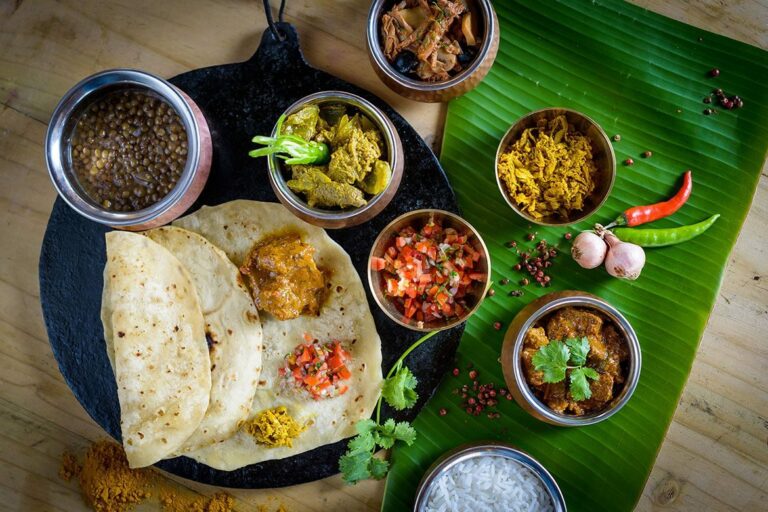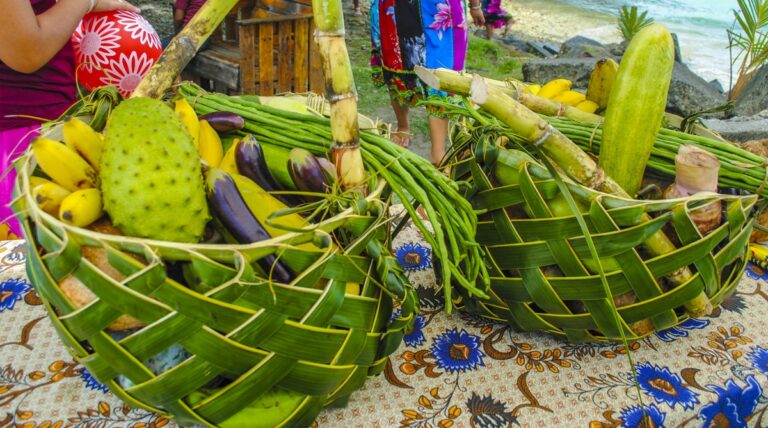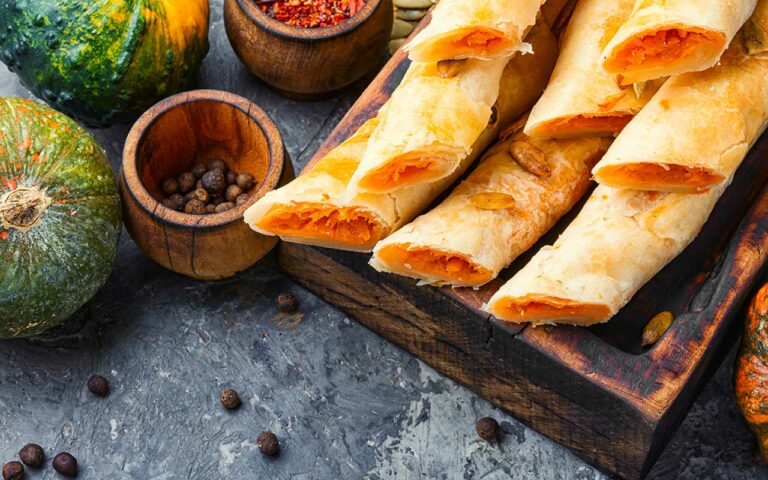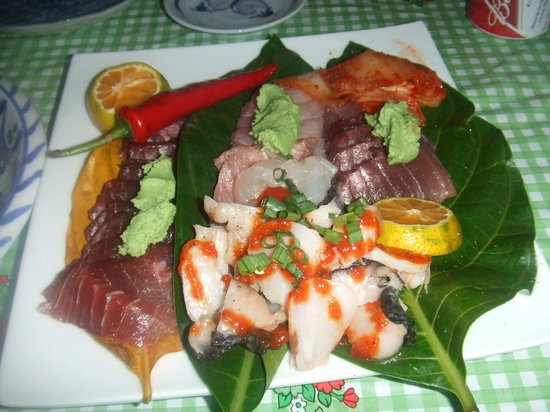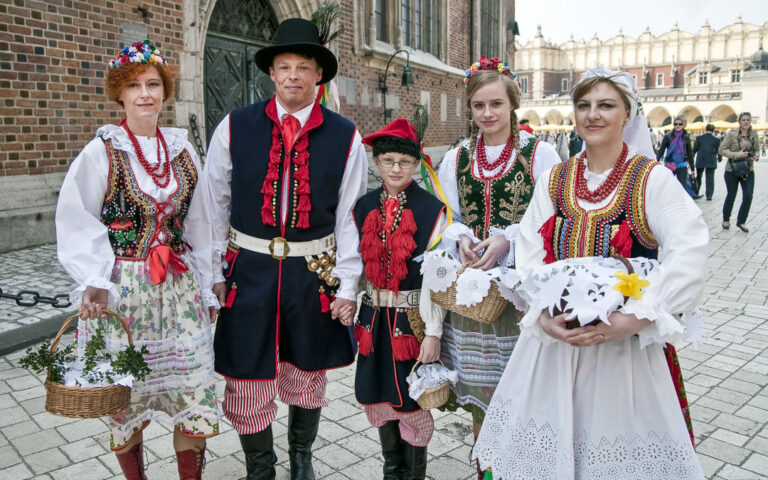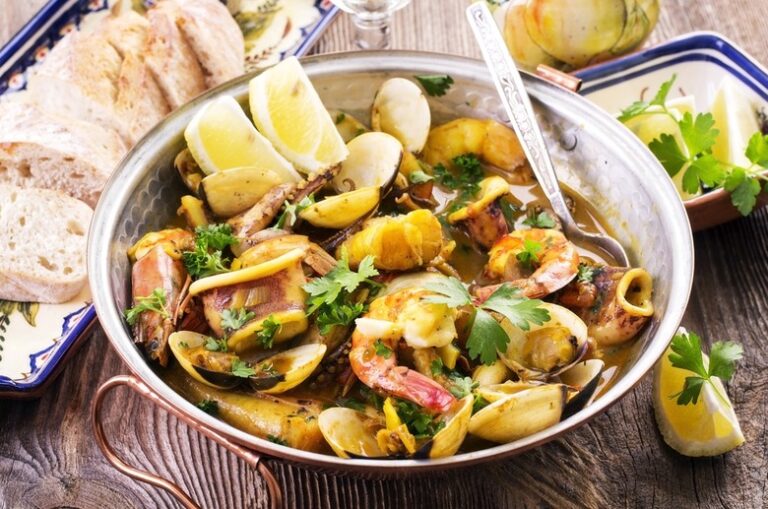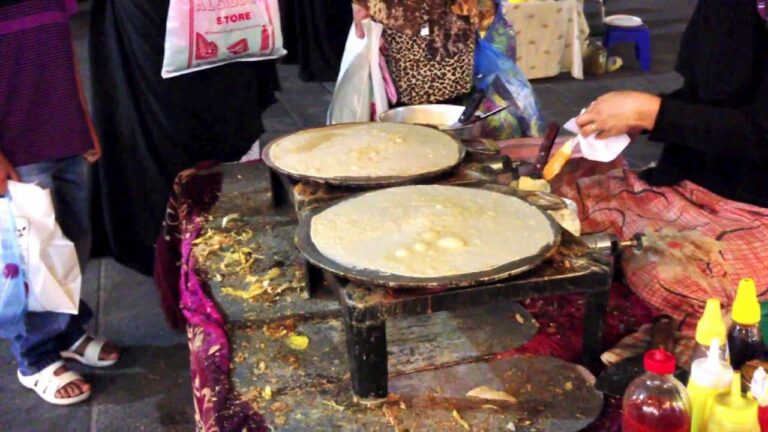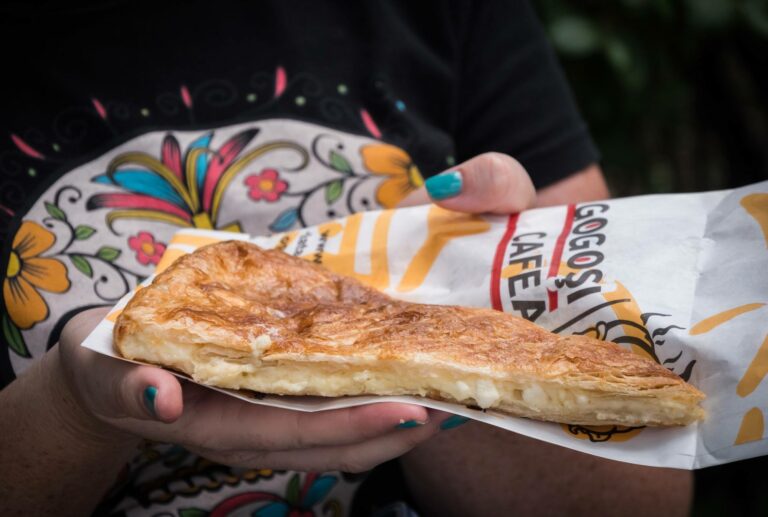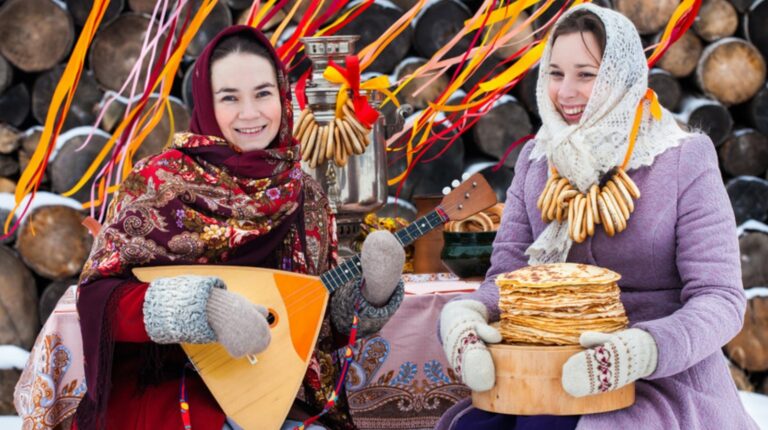Introduction: Eating Habits in Mauritius
Mauritian cuisine is a reflection of the various cultures that have influenced the island nation. With Indian, Chinese, African, and European influences, Mauritian cuisine is a delicious mix of different flavors and spices. The island’s tropical climate and fertile land also contribute to its vibrant food culture, with an abundance of fresh fruits, vegetables, and seafood. Eating is a significant part of Mauritian culture, and the islanders love to enjoy their food with family, friends, and even strangers.
Food Culture in Mauritius: Influences and Diversity
Mauritian cuisine is a melting pot of different cultures and traditions. The Indian influence is evident in the use of spices and curries, while the Chinese influence is seen in the use of soy sauce and noodles. African cuisine has contributed to the island’s love for seafood, and European cuisine has brought pastries and bread to the island. The result is a unique cuisine that blends different flavors and ingredients to create delicious dishes.
Typical Meals in Mauritius: What to Expect
Mauritian cuisine is diverse, and there is no one typical meal. Breakfast typically consists of bread, butter, and jam, or a hearty bowl of porridge. Lunch and dinner usually include rice or noodles, curries, and vegetables. Seafood is also a popular choice, with fish, octopus, and shrimp being regularly consumed. For snacks, the island is known for its street food, including samosas, dholl puri, and gateaux piment.
Eating Customs and Traditions in Mauritian Culture
Eating together is an essential part of Mauritian culture. Family meals are often shared, with everyone sitting down together to enjoy the food. When eating, it is customary to use your right hand, as the left hand is considered unclean. It is also polite to wait for the host to begin eating before starting your meal. After finishing the meal, it is customary to say ‘merci’ (thank you) to the host.
Festivals and Celebrations: Special Foods and Rituals
Mauritius is a multicultural society, with various festivals and celebrations throughout the year. Food plays an essential role in many of these celebrations. For example, during the Hindu festival of Diwali, sweets and snacks are prepared and shared with family and friends. During Chinese New Year, dumplings and noodles are served, and during Eid, traditional Muslim dishes such as biryani and samosas are enjoyed.
Etiquette and Manners: Dining Do’s and Don’ts in Mauritius
Mauritian culture places great importance on manners and etiquette, especially when it comes to dining. It is polite to wait for the host to begin eating before starting your meal. It is also customary to use your right hand to eat, and to avoid touching food with your left hand. When finished eating, it is polite to leave a small amount of food on your plate to show the host that you have had enough. Additionally, it is considered rude to speak with your mouth full or to belch at the table.

